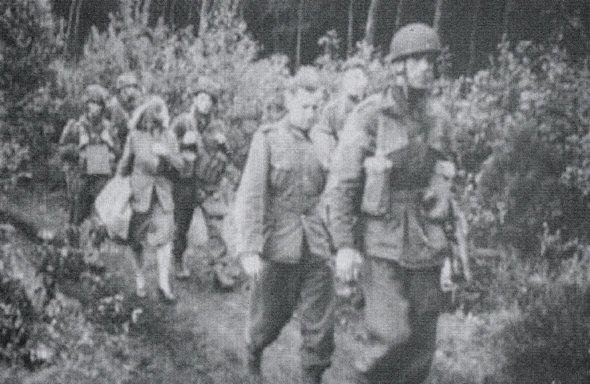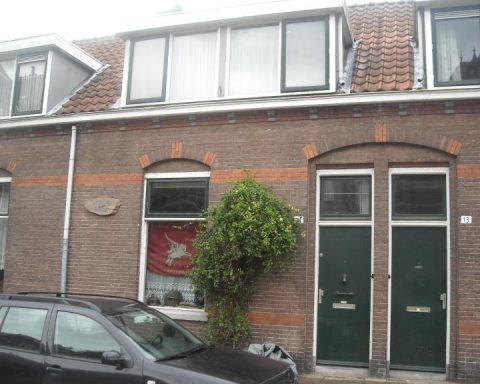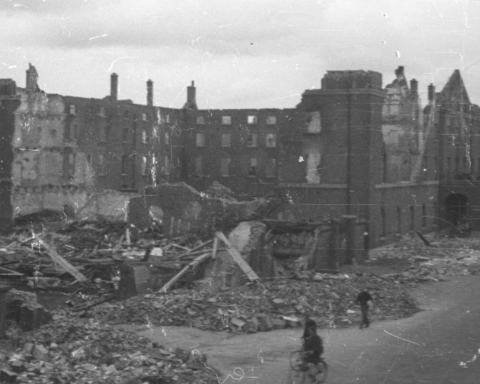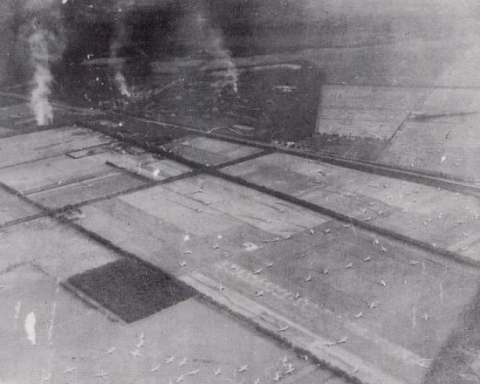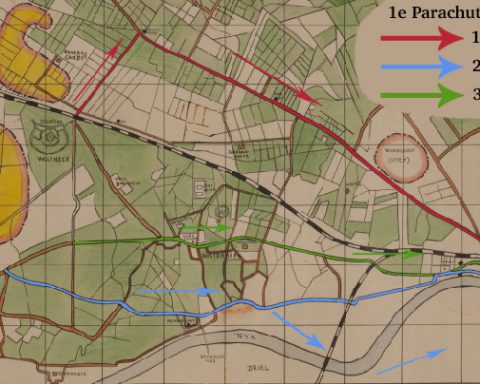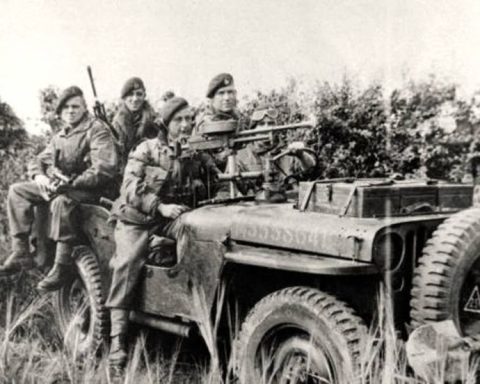While the British airborne troops advanced to Arnhem after the landings on Sunday, September 17, peace returned to the landing zones west of Wolfheze: twelve kilometers from the Rhine Bridge.
Because the Allies had too few aircraft to drop all British and Polish paratroopers near Arnhem in one day, it was forced to choose to carry out the landings over three days. This not only meant that only some of the paratroopers were deployed on the first day.
The multi-day landings also made it necessary for a fairly large portion of the airborne troops to remain behind in the landing area on Sunday, September 17, to protect the landing zones against German attacks. As would become all too clear in the coming days, it was paramount to the success of Operation Market Garden that the British had control of the landing areas.
But on this first day of Market Garden, the British protecting the landing zones had no problems. The first German response was mainly aimed at blocking access to Arnhem. The landing areas were of later concern to the Germans.
The 2nd South Staffords remained near Wolfheze and reported a ‘quiet night’. The 1st Border moved a little further south near Renkum and Heelsum and was attacked there that night by German reinforcements on their way to Arnhem.
KOSB
The battalion of the 7th King Own Scottish Border, or KOSB for short, had been ordered to move further west: in the opposite direction of Arnhem. The three companies of the KOSB were expected to move almost four miles further west to secure a new, large landing area.
The two landing zones used by the British gliders on Sunday, September 17, were full. This made it necessary to use a new landing area for the gliders that would land on Monday, September 18. The journey west went without any problems. There was no major German resistance.
Part of the KOSB troops were ordered to fire on German traffic along the main road between Arnhem and Ede, the Amsterdamseweg. Private William Anderson later wrote about this:
“Shortly after we moved into our position, we heard a car approaching. It was a truck with an open box and no one shot. I don’t know why. The commander of our platoon scolded us: “If I say ‘fire’, you shoot!”
A moment later an ambulance appeared around the corner, followed by a small truck. We all had a blast. Both cars left the road. We walked over and opened the ambulance. It was packed with Germans armed to the teeth. A few were injured. The other car was riddled with bullets. When two of us opened the doors, the occupants fell out. Dripping with blood.”
The Germans were members of the 9th SS Wachbataillon. They were stationed in Ede and had been ordered to attack the British airborne troops. Many of the German soldiers were Dutch who had volunteered for the SS.
The rest of the Kings Own Scottish Borderers had a quiet night in the field where most of the landings would take place on Monday September 18: more than 15 kilometers from Arnhem…
The headquarters of the Airborne Division and the 1,100 glider pilots and air crews hung around the landing areas. There was no task for them after landing on September 17.
In their analysis of the Battle of Arnhem afterwards, the Germans wondered why the pilots were not deployed to protect the landing areas after the landings on Sunday, September 17, so that the Kings Own Scottish Borderers and the 2nd South Staffords could have gone to Arnhem.
The question still remains why the pilots and air crews had no duties whatsoever after the landings. A satisfactory answer has never been found.
Contact with England
The war correspondents also spent the night at the landing zone near Oosterbeek. The British correspondents managed to make contact with England with their long-distance radio; something that no one else had managed to do until now. The message about the successful landing was the first message received by the British army about the progress of the landings.
The British army leadership was later told that those landings went much less smoothly than was actually intended.

